
AeroGenie — 您的智能副驾驶。
热门趋势
Categories
Marion Technical College Introduces New Aviation and Diesel Programs
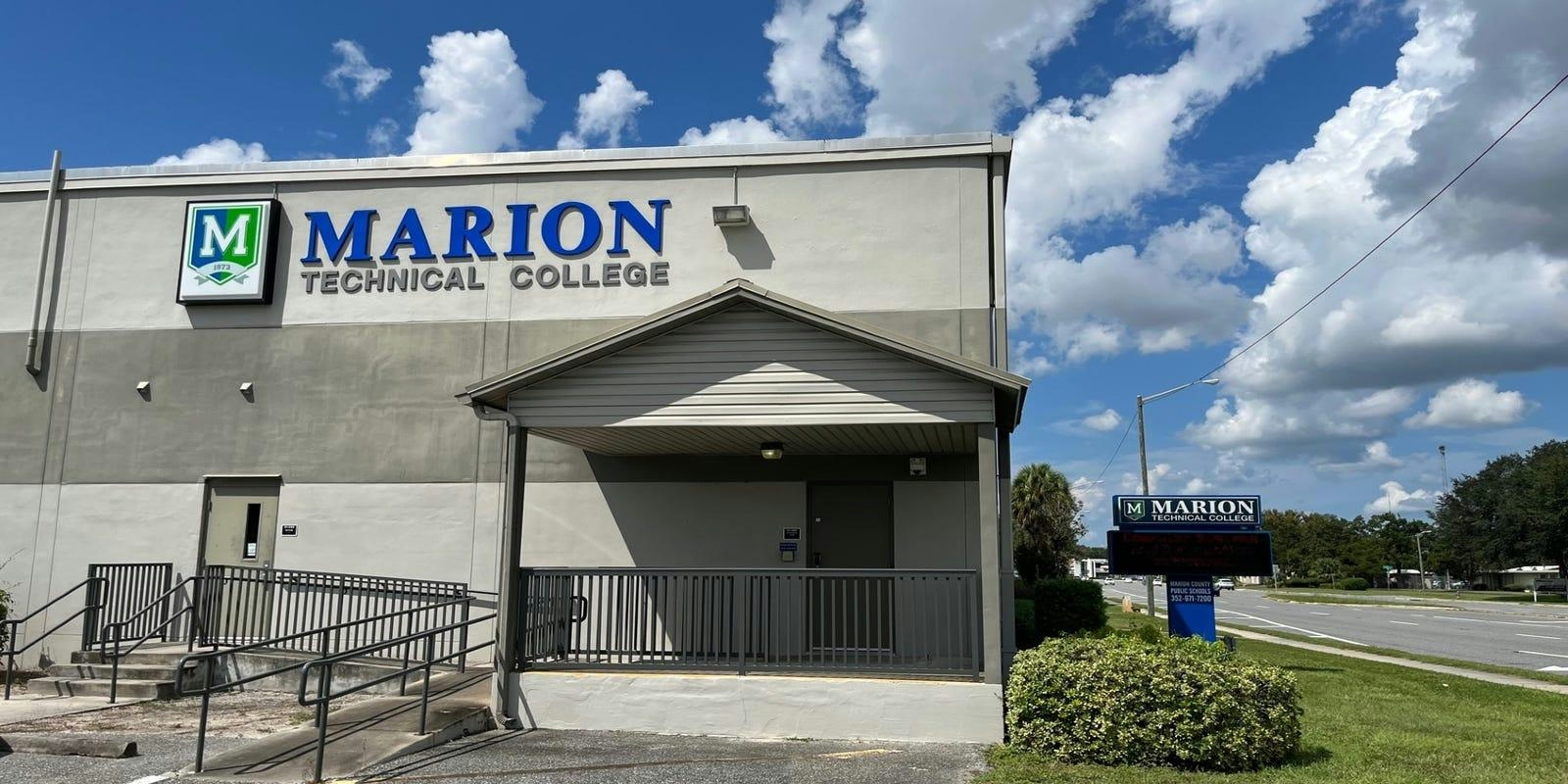
Marion Technical College Launches New Aviation and Diesel Programs to Address Workforce Shortages
Marion Technical College in Ocala is inaugurating two new hands-on programs in aviation and diesel mechanics, designed to tackle pressing labor shortages in these technical fields. The college will officially open its new 16,000-square-foot facility on Thursday, October 30, with a ribbon-cutting ceremony. This $5.57 million building, funded through a special allocation from the 2023 Florida Legislative session, took two years to complete and is located on the southeast corner of the campus at 1014 SW 7th Road.
Expanding Training Opportunities in Aviation and Diesel Mechanics
The newly introduced programs will accommodate up to 100 dual-enrolled high school and adult students, providing specialized training with simulators and full-size aircraft, including a passenger jet and helicopter. Marion County Public Schools (MCPS) emphasized that this expansion supports the region’s growing status as a logistics and distribution hub, bolstered by its proximity to Ocala International Airport. MCPS noted that the initiative aims to meet local career demands and retain graduates within the Ocala/Marion County community.
The aviation airframe mechanics program offers 1,350 hours of instruction, preparing students for employment or further training in both commercial and general aviation sectors. It also equips students to pursue Federal Aviation Administration (FAA) Airframe license examinations. Meanwhile, the diesel systems technician program provides 1,050 hours of comprehensive training covering safety protocols, engine repair, electrical systems, fuel injection, overhauls, and preventive maintenance.
Addressing Industry Challenges Amid Growing Demand
The launch of these programs coincides with significant labor shortages in technical trades nationwide. According to the TechForce Foundation’s 2023 Technician Supply & Demand Report, the industry will require 795,000 new technicians across various fields by 2032. Specifically, CAE’s Aviation Talent Forecast projects a global need for 416,000 new maintenance technicians by 2034, underscoring a widening gap between experienced professionals and incoming workers. Established training providers such as CAE are expanding their offerings to meet this demand, intensifying competition within the sector.
Despite the strong demand for skilled technicians, attracting younger generations remains a challenge. The median wage for automotive body and related repairers stands at approximately $24.36 per hour, a rate that may not sufficiently incentivize Gen Z workers. This reluctance has been highlighted in recent viral social media discussions about younger workers’ hesitance to enter trade professions.
Financial barriers also pose significant obstacles. While the recent expansion of Pell Grants to include short-term workforce training programs offers potential support for students, it introduces uncertainties regarding program eligibility and funding stability for both educational institutions and prospective enrollees, as noted in The Chronicle of Higher Education.
As Marion Technical College opens its new facility, it contributes to a broader effort to close the skills gap in critical industries. The college’s programs provide local students with pathways to in-demand careers while navigating the evolving challenges of technical education and workforce development.
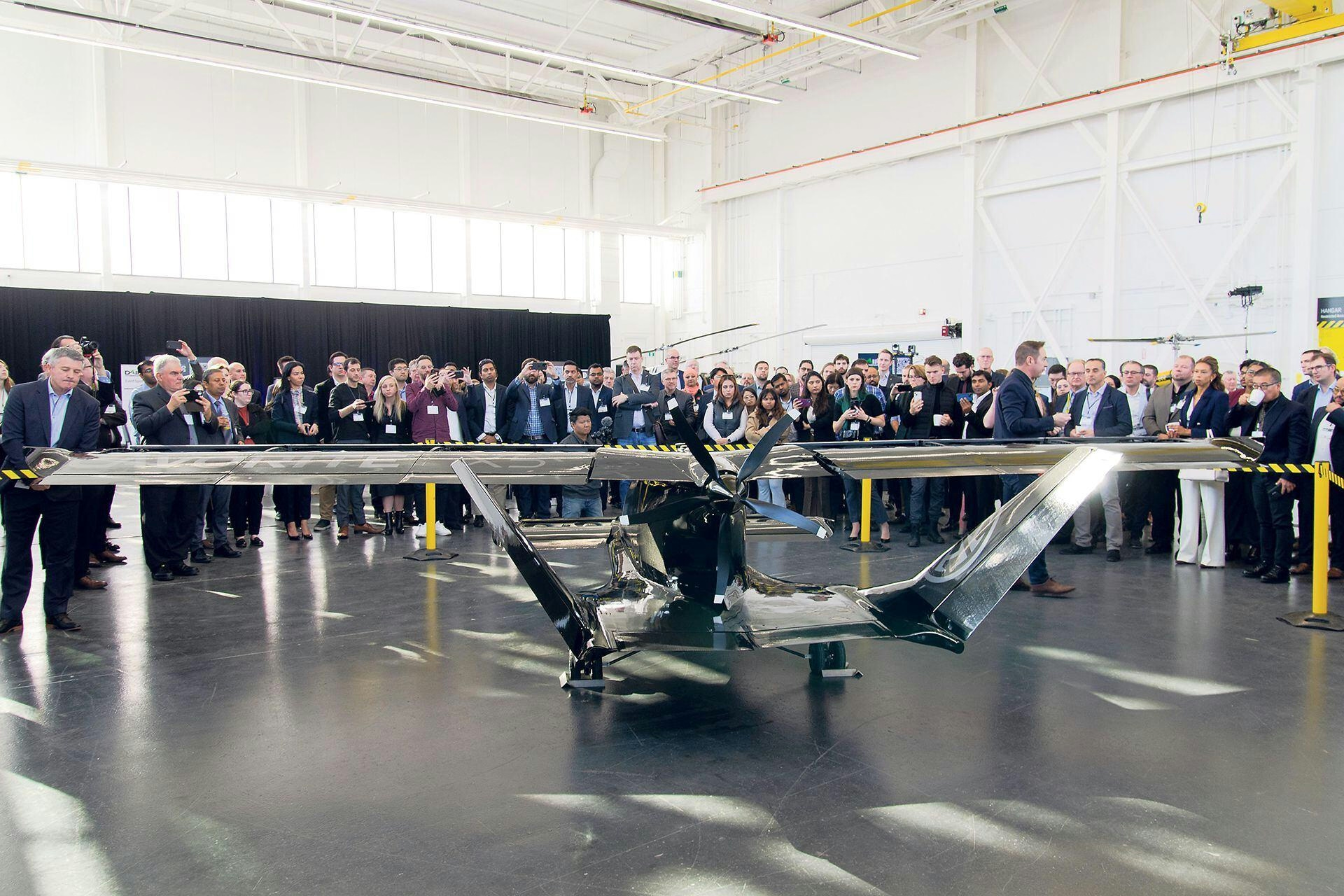
Toronto Hosts Global Airport Leaders to Discuss Innovation and Growth in Aviation
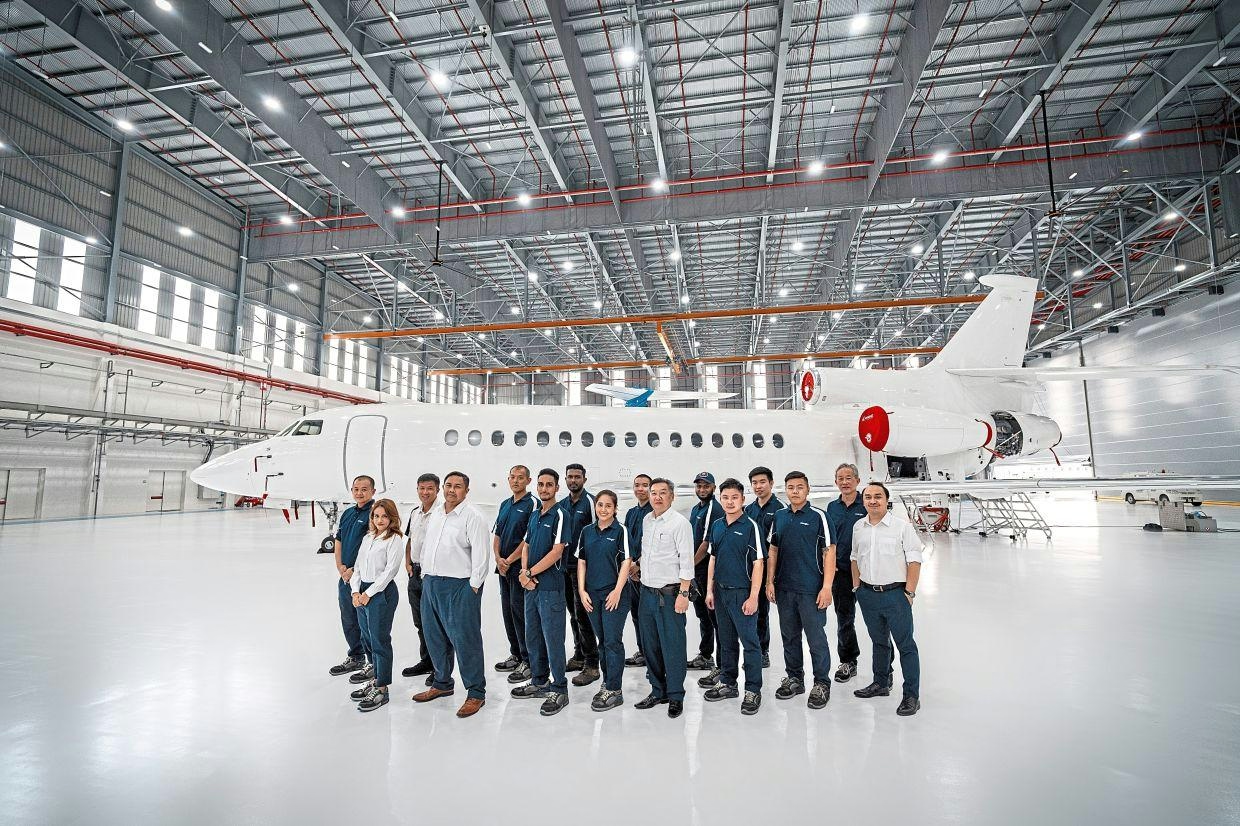
ExecuJet MRO Services Australasia Celebrates 25 Years
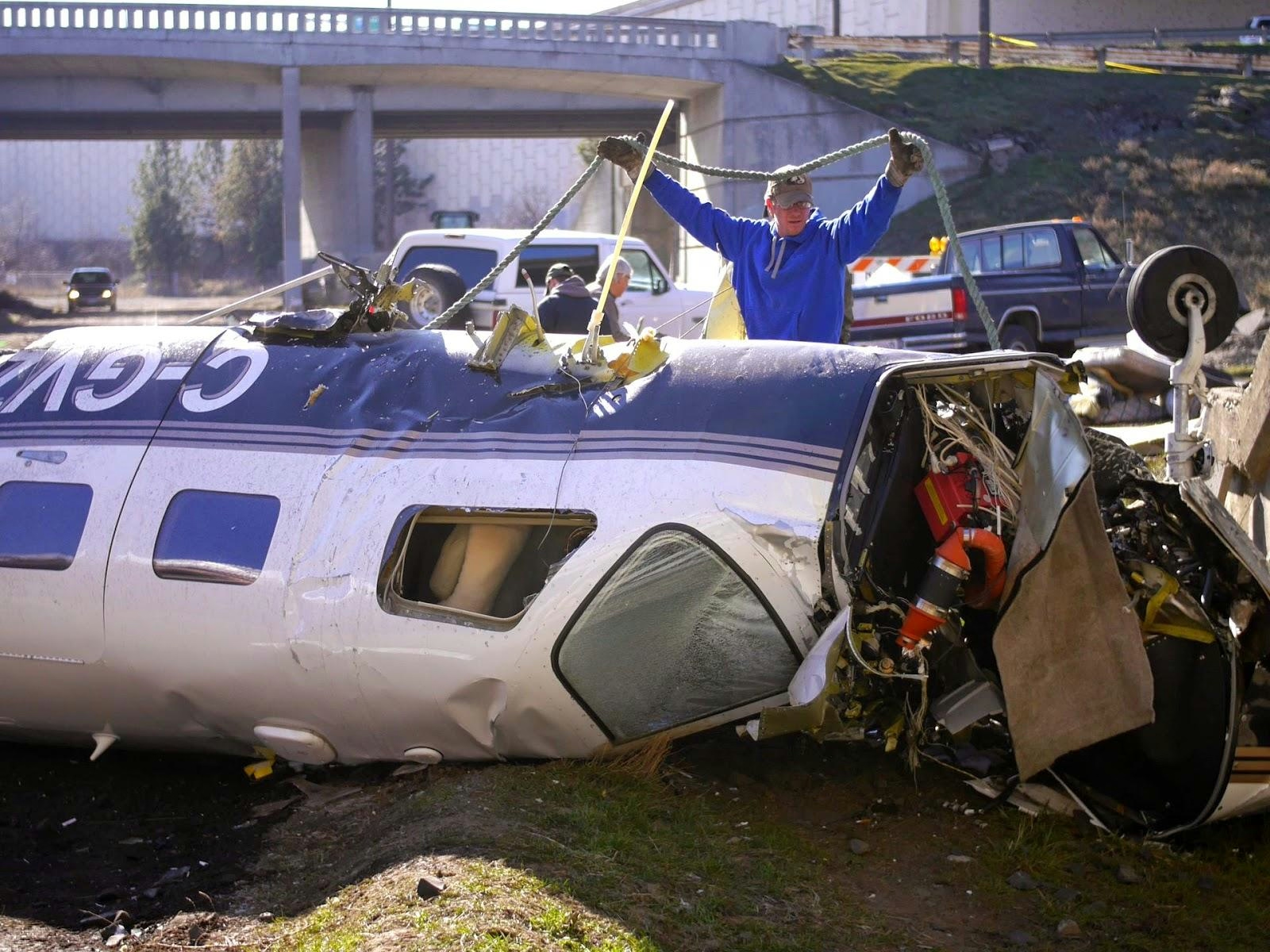
Investigation into Piper Business Jet Failure

IT Outage Disrupts Alaska Airlines Flights
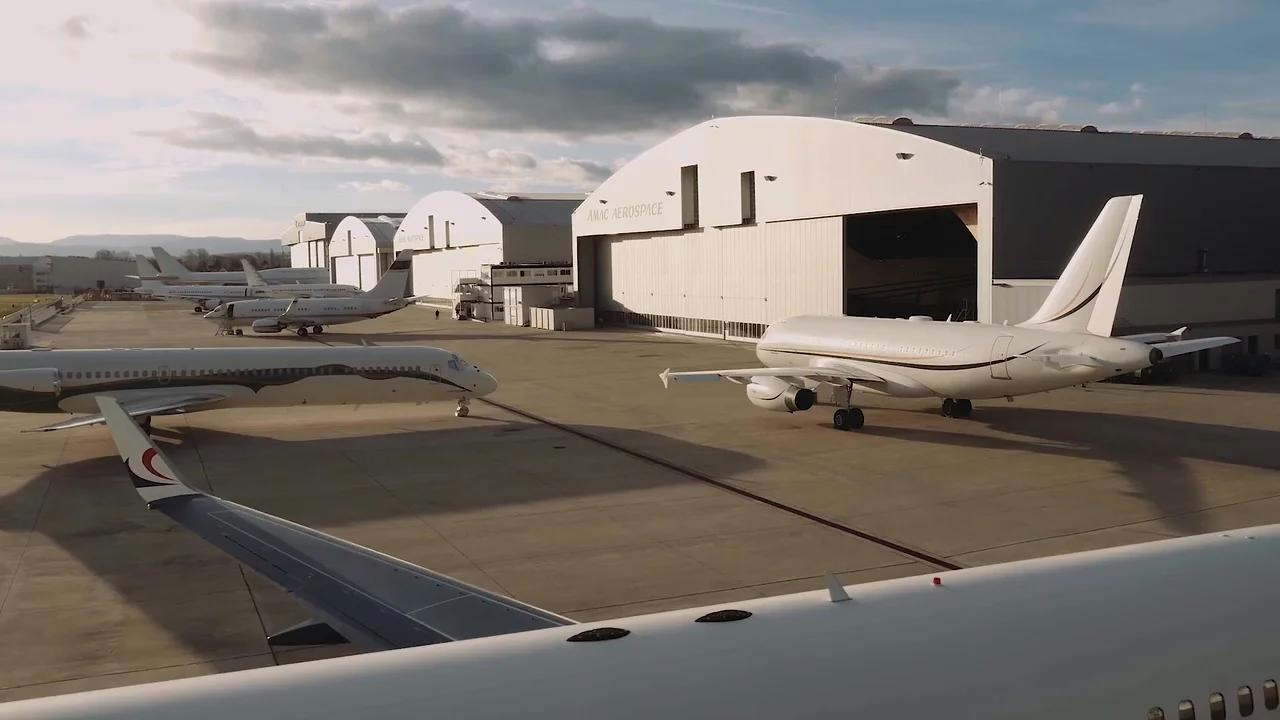
AMAC Undertakes MRO Projects for Global Express XRS and Falcon 2000
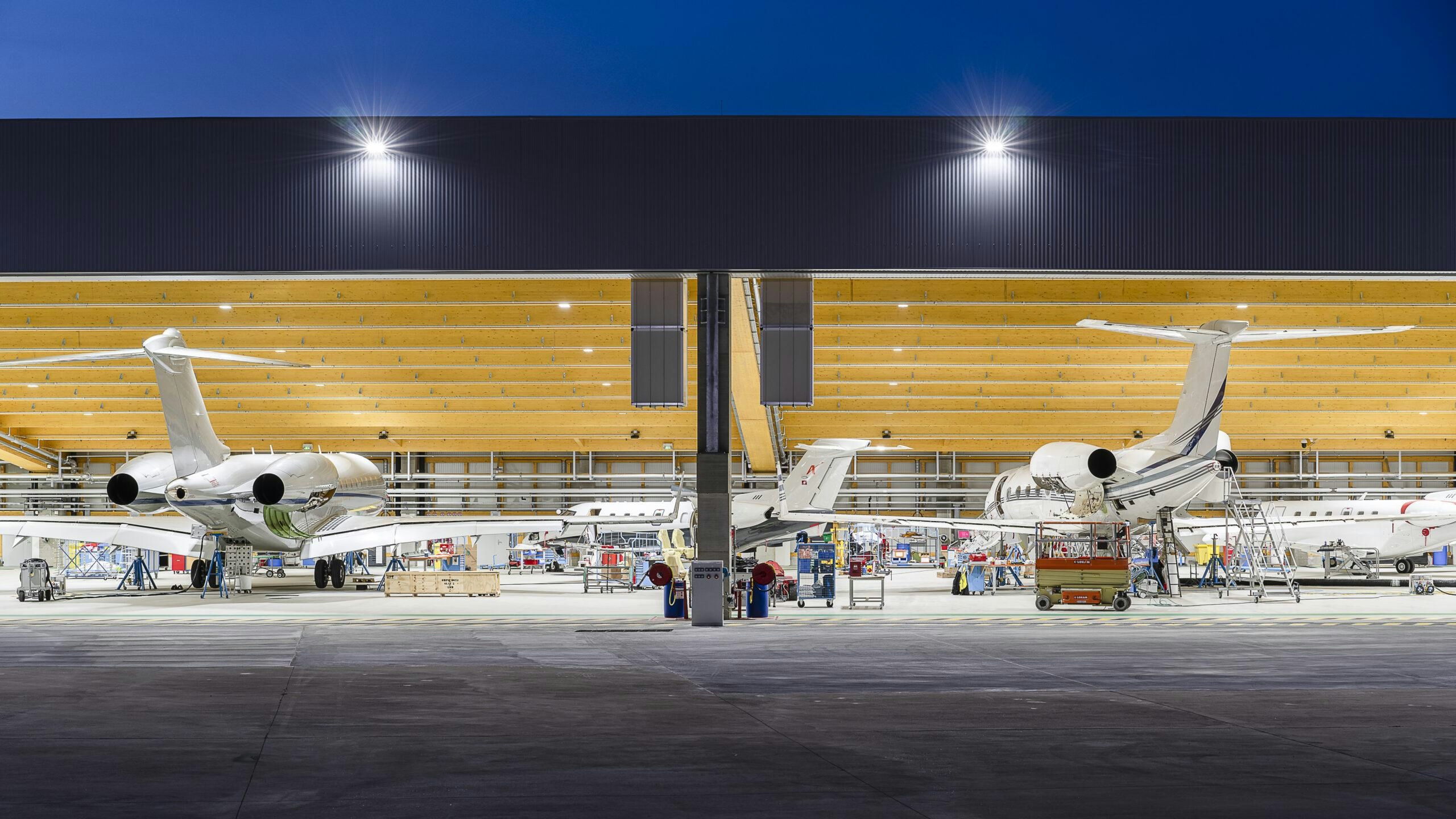
Strong Demand for PPIs at AMAC Aerospace
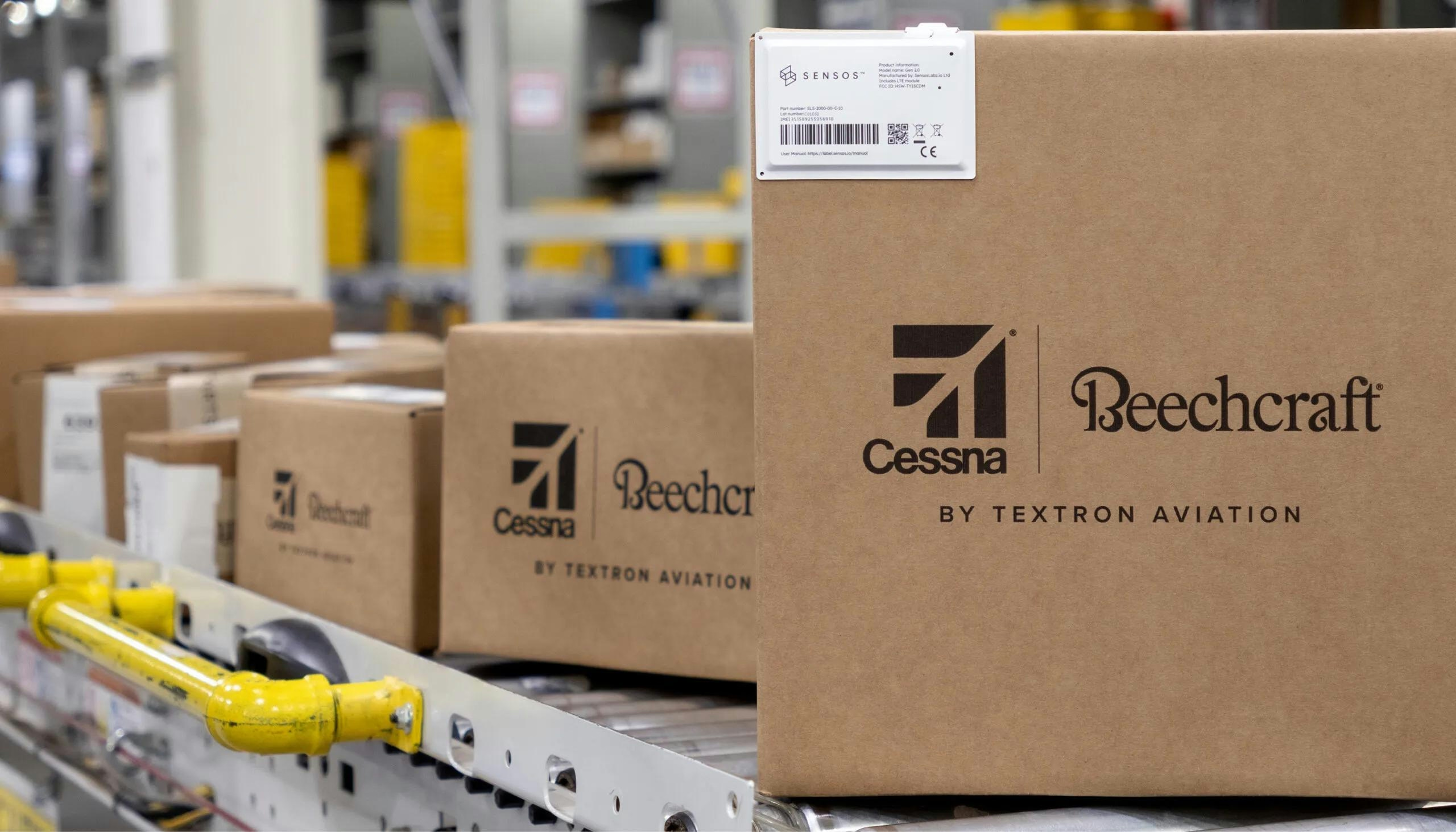
Textron Aviation Introduces Wireless Trackers for Parts
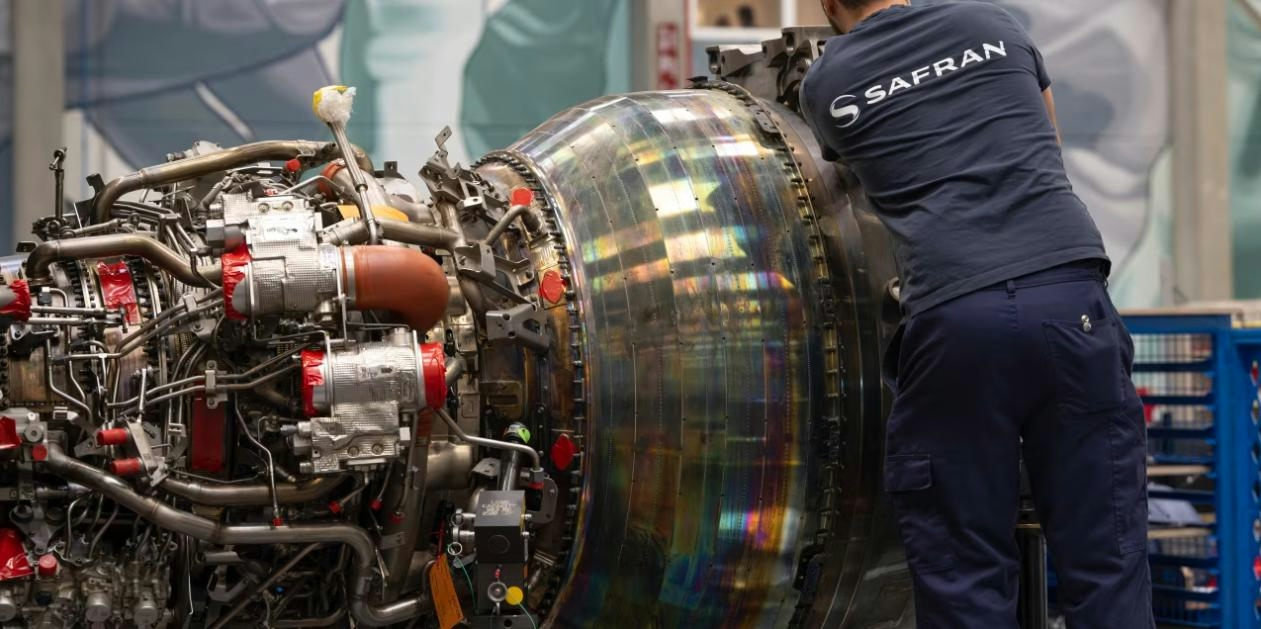
Safran Raises Outlook Following Strong Quarter in Jet Engine Services
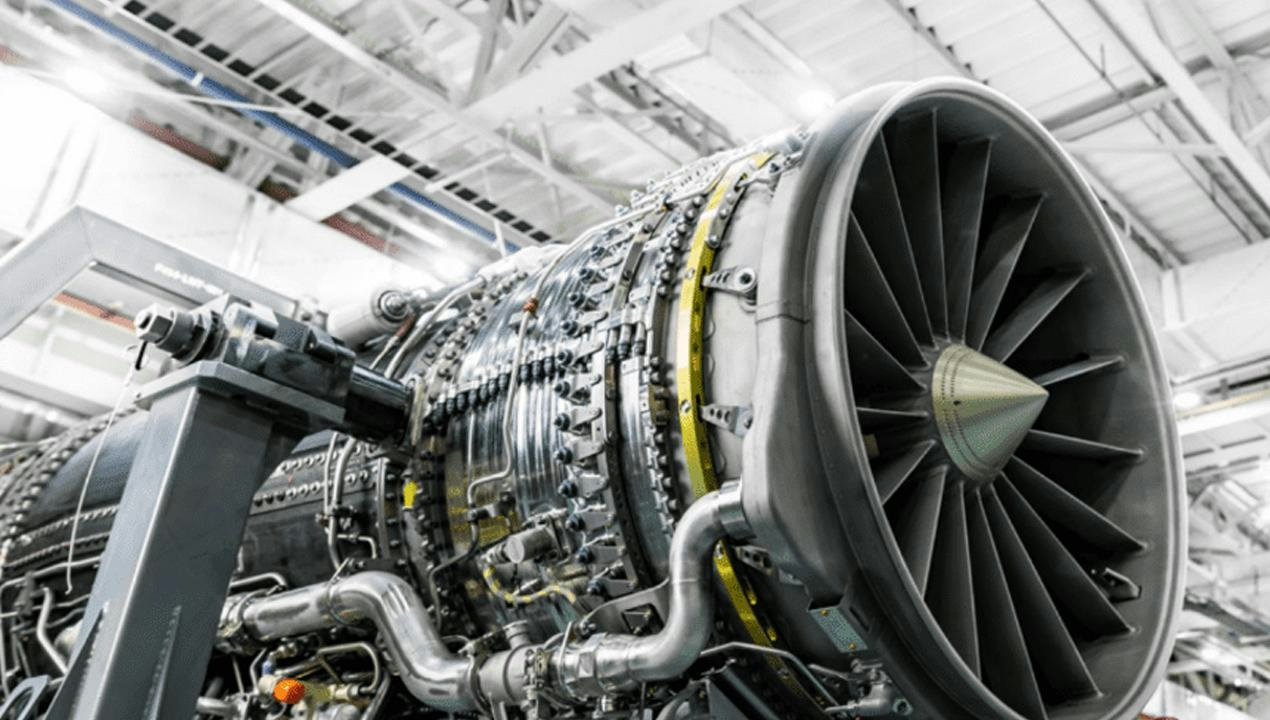
Hanwha to Manufacture GE Aerospace Engines for South Korean Aircraft
